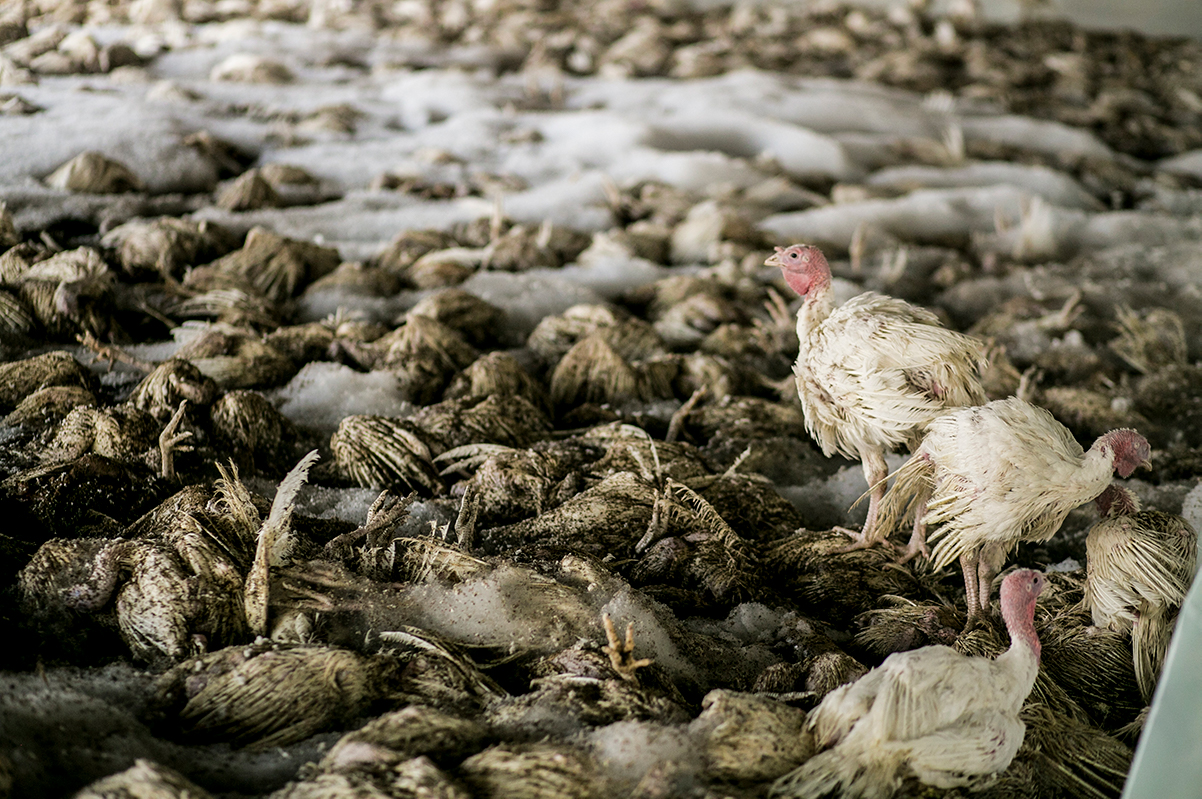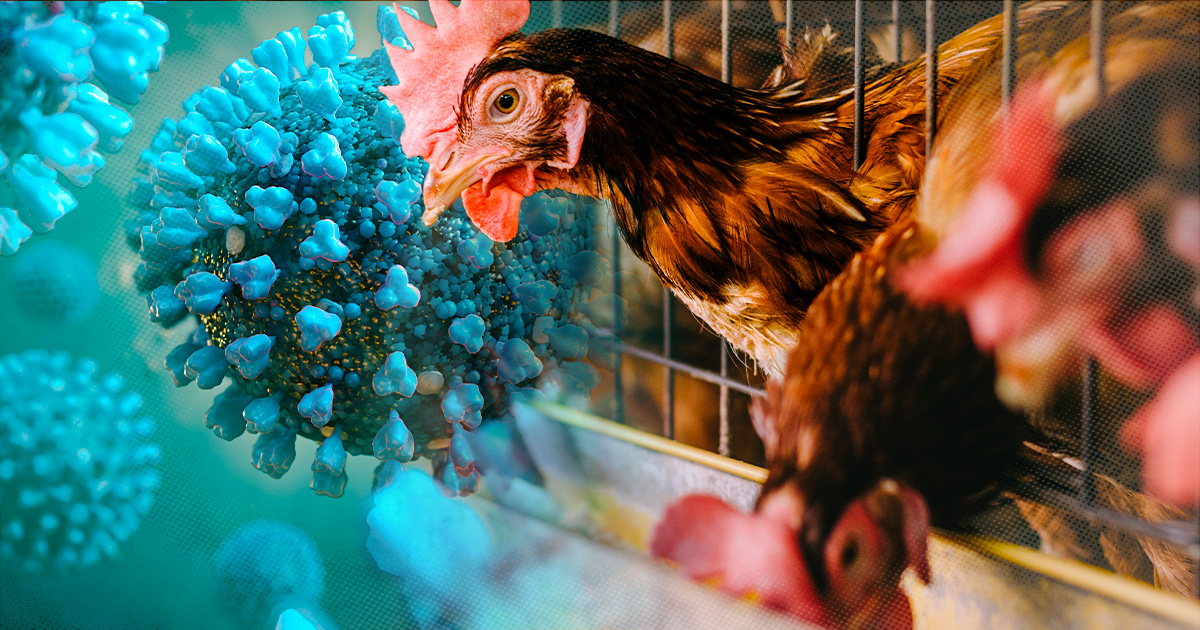Avian Influenza Transmission

Avian influenza, also known as bird flu, is a highly contagious viral infection that affects birds. The virus can also be transmitted to humans and other animals, though human cases are relatively rare. There are several modes of transmission of avian influenza, including:
Transmission Among Birds
Avian influenza is primarily transmitted among birds through direct contact with infected birds or their bodily fluids. This can occur when birds share food, water, or nesting areas. The virus can also be transmitted through the air, as infected birds shed the virus in their droppings and respiratory secretions.
Avian influenza, also known as bird flu, is a highly contagious viral infection that can affect birds. It’s caused by an influenza virus that can be transmitted through contact with infected birds or their secretions. One of the most recent outbreaks of avian influenza occurred in 2015 and was linked to the player Jarren Duran.
The virus was found in wild birds that had come into contact with the player’s backyard chickens, and it subsequently spread to other birds in the area. The outbreak was eventually contained, but it highlights the importance of taking precautions to prevent the spread of avian influenza.
Transmission to Humans
Humans can become infected with avian influenza through contact with infected birds or their bodily fluids. This can occur through direct contact with birds, such as when handling infected poultry or cleaning up bird droppings. Humans can also become infected by eating undercooked poultry or eggs from infected birds.
Avian influenza has been making the news lately, but did you know that it’s not just birds that can get it? In fact, a recent study found that spade toothed beaked whales can also be infected with the virus. This is a bit of a surprise, since whales are marine mammals and birds are not.
However, it’s a reminder that avian influenza can affect a wide range of animals, and it’s important to be aware of the risks.
Role of Migratory Birds
Migratory birds play a significant role in the spread of avian influenza. These birds can carry the virus over long distances, as they travel between different habitats and regions. When infected migratory birds come into contact with other birds, they can transmit the virus to them, leading to the spread of the infection.
Factors Contributing to the Emergence and Spread of New Strains
The emergence and spread of new strains of avian influenza are influenced by several factors, including:
- Genetic mutations: The avian influenza virus is constantly mutating, and some mutations can lead to the emergence of new strains that are more virulent or transmissible.
- Reassortment: Avian influenza viruses can reassort their genetic material with other influenza viruses, leading to the creation of new strains with different characteristics.
- Environmental factors: Changes in the environment, such as climate change and habitat loss, can create conditions that favor the emergence and spread of new strains of avian influenza.
Impact of Avian Influenza on Poultry Industry
Avian influenza, also known as bird flu, is a highly contagious viral infection that can affect poultry, including chickens, turkeys, ducks, and geese. Outbreaks of avian influenza can have a significant impact on the poultry industry, leading to economic losses and disruptions in the food supply chain.
Economic Impact, Avian influenza
Outbreaks of avian influenza can cause substantial economic losses for the poultry industry. Infected birds must be culled to prevent the spread of the virus, which can result in the loss of millions of birds. In addition, outbreaks can lead to trade restrictions and market closures, further impacting the industry’s revenue.
- In the United States, the 2015 avian influenza outbreak led to the culling of over 50 million birds and resulted in economic losses estimated at $3 billion.
- In Europe, the 2021-2022 avian influenza outbreak was the worst on record, leading to the culling of over 50 million birds and economic losses estimated at €1 billion.
Control and Prevention Measures
To control and prevent outbreaks of avian influenza, a range of measures are implemented, including:
- Vaccination: Vaccination of poultry flocks can help to reduce the spread of the virus and mitigate the severity of outbreaks.
- Biosecurity protocols: Implementing strict biosecurity protocols, such as isolating infected birds, disinfecting equipment, and restricting access to poultry farms, can help to prevent the introduction and spread of the virus.
- Surveillance and monitoring: Regular surveillance and monitoring of poultry flocks for signs of avian influenza is essential for early detection and response to outbreaks.
Implications for Global Food Security
Outbreaks of avian influenza can have implications for global food security. The culling of large numbers of birds can lead to disruptions in the supply of poultry products, such as chicken, turkey, and eggs. This can result in price increases and shortages of these products, particularly in regions where poultry is a staple food source.
In addition, outbreaks of avian influenza can also affect the availability of other food products, such as pork and beef, as poultry is often used as a feed ingredient for these animals. This can lead to increased prices and reduced availability of these products as well.
Public Health Concerns and Mitigation Strategies

Avian influenza poses potential risks to human health. Humans can contract the virus through contact with infected birds or their secretions. The primary concern is the transmission of highly pathogenic avian influenza (HPAI) strains, particularly H5N1 and H7N9, which can cause severe respiratory illness in humans.
Symptoms and Treatment
Symptoms of avian influenza in humans may include fever, cough, sore throat, muscle aches, and respiratory distress. Severe cases can lead to pneumonia, acute respiratory distress syndrome (ARDS), and even death. Treatment involves antiviral medications, supportive care, and isolation to prevent further spread.
Public Health Measures
Public health measures are crucial to prevent and control the spread of avian influenza. These measures include:
– Surveillance: Monitoring poultry populations for signs of infection and testing for the virus.
– Containment: Isolating infected birds and implementing quarantine measures to prevent the spread of the virus.
– Vaccination: Vaccinating poultry can help reduce the risk of infection and transmission.
– Biosecurity: Implementing strict hygiene practices on poultry farms and in areas where humans interact with birds.
– Public Education: Raising awareness about the risks of avian influenza and promoting preventive measures.